Ever wondered what goes on in the special education resource room? Or how to help your students who are struggling and may need special education support?
In today’s post, I have answers for you!!
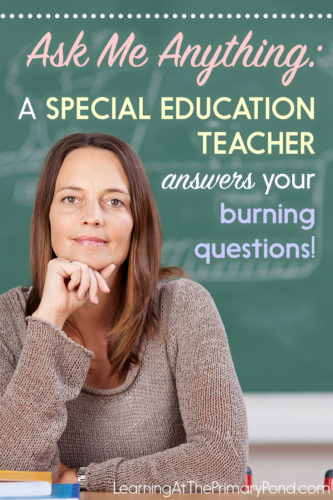
One of my blog readers, special education teacher Krista Perine, has generously offered to answer your questions!
Here’s a little about her:
Hi! My name is Krista Perine and I’m so glad I was able to help Alison out! I am finishing up my 7th year as a special education teacher in Las Vegas, Nevada, and still love what I do! I actually started out my teaching career in the general education setting as a high school history teacher before pursuing my masters degree in special education. I graduated from Northern Illinois University in December 2012 with my MS.Ed in Special Education with a Learning Behavior Specialist I concentration, all while working full time as a special education teacher! I have some type of special education teaching experience in almost all grades, from Kindergarten to age 21. In the past, I mostly worked with students with behavioral and emotional needs in different capacities (i.e., in co-taught classrooms, resource, and therapeutic/residential schools), but for the past 2 years I found my passion working with K-2 students with specific learning disabilities in a self-contained classroom.
I’m so grateful that Krista was willing to do this!
I put out the call for questions on my Facebook page and Instagram: what do you want to know about teaching special education? We got some great questions, and here are Krista’s answers!
Question: What are some good activities to strengthen working memory?
Krista’s answer: Great question! I find that using a lot of hands-on activities and movement is a great way to help strengthen working memory, and it can be used for any subject, including behavior! For example, I use a program for teaching letters’ names and sounds to my students that incorporates movement for each letter, which gets them moving and connects their learning to a specific movement and increases their likelihood of remembering the letter sound! For math, my students were struggling with “greater than, less than,” and off the top of my head I came up with a little name for the “alligators” (for example, “Gary Greater Than”). I then had them make alligator mouths open and shut in the direction of the alligator’s mouth and say “Chomp chomp!” which represented that alligator eating the bigger number, and now my students almost always gets this answer correct! For behavior, having those call backs are a big help to getting their attention, and it’s fun for them. Any time you can have your students moving always helps!
Question: Do you have ideas for effective communication between gen/sped in the busy school environment?
Krista’s answer: Become friends with the gen ed teachers! Honestly, that’s how I get my students’ needs met—you become friends with them, and then they’re more likely to interact with you more and be okay with you interrupting their class to talk to you. 🙂 But in all seriousness, providing them with an “IEP at a Glance” worksheet is really helpful for them. I also have them fill out a questionnaire/progress monitoring sheet about how they’re doing in your class, and that’s really helpful. I have them fill it out before they have IEP meetings and for the end of the year report cards.
Question: How can I help my students with special needs the most in a full class?
Krista’s answer: Make it easy for everyone—differentiate for all of your students. You will always have those students who are lower academically but will never receive sped services, but you know they need help, right? Scaffolding and providing differentiation is the best way to do it; it’s easy because you have to do it for everyone now 🙂 Also, relationships are key! Get to know your sped student(s) and their family. Their parents are more likely to help you out too!
Question: How do you teach sight words?
Krista’s answer: Like I mentioned before, I make it as interactive as possible. I use hand motions to get them to remember what the word is, and I have them practice! I always introduce them during their morning meeting, and we work with them throughout the day. Make them part of games (i.e., hopscotch with sight words). Also, a big motivator to get these students to learn them is to have a sticker chart that they can get for each set of 5 sight words they learn 🙂
Question: Is there a good resource for tracking attention?
Krista’s answer: A stopwatch/timer. Set it for 5 minutes (or for however long you’d like) and each time it goes off, check to see if the student is paying attention to you. (An easy tally sheet can help you with this). Also, check for understanding in simple ways that won’t make them stand out. You can provide red/green cards, and if your student is having problems, but has difficulty asking for help, have them turn the red card side up, and that can help you determine if they’re paying attention.
Question: How do you support reading comprehension in K students on the autism spectrum?
Krista’s answer: I have heard great things about Reading A-Z and the Unique Learning System. Unfortunately, I don’t have a lot of experience with these programs, but my coworkers use them, and they love it. I have used -Wh questions supported with pictures, and that really helps my students out!
Question:What are the signs that a K student should have a speech assessment or referral?
Krista’s answer: I unfortunately don’t know a lot about this, but I do know that all of my students have difficulty with the letters “l, w, r, s and y.” For example, if their letter r sounds like a w (i.e., red=wed), that could be a sign to watch for. My recommendation is to ask your speech pathologist and determine if that is something that you would need to watch for.
Question: What are some key strategies for engaging/distracting children into learning activities?
Krista’s answer: If I understand what you’re saying, is “how can I trick my students into learning?,” well that’s easy. Make it fun! Have them play games that involve sight words (memory/match), make it interactive and hands on. Also, make it relevant to them. Do they like basketball? Have a basketball game in which you hold up a letter and they have to give you the sound. For each sound they get correct, they get to shoot a basket. Once they see that the activity is fun and engaging, they’re more likely to participate!
Alison’s note: I didn’t know all of the acronyms in the question below, but if you don’t either, don’t stop reading – Krista has some great ideas that you can use to track and monitor behavior for any purpose!
Question: As a gen ed k teacher, what data/ tracking tools could I use easily to look at emotional needs that cannot be met by one teacher? I would want to use the data to bring to the IST table in hopes of getting the student the proper placement of an ICT setting. Hopefully trying to prove OHI as a classification. Ideas?
Krista’s answer: An ABC Chart with times, duration, and/or frequency. A=Antecedent, B=Behavior, and C=Consequence. The antecedent is what happens right before the behavior (i.e., you were giving instructions). Behavior=what they child did (i.e., screaming). The consequence (and this is the key!) is what was done immediately after the behavior (i.e., you ignored student). Having a tally mark of what happens during these events in 30 minute increments really helps. Also, provide an intervention timeline (what you did to help reinforce good behavior) to determine if that helped decrease the behavior (i.e., student would get a sticker for each time they didn’t scream after directions are given). Behaviors always get worse before they get better, so I always say try the intervention out for 3 weeks before changing to something else. Keeping data for 3 weeks or more is the best practice!
These were some GREAT questions and great answers, right?! Thanks so much to Krista and to everyone who contributed questions.
If you’re looking to learn more about reading interventions, you can check out this post.
Krista also mentioned that she’s happy to answer reader questions, so let us know if you’ve got one! 🙂 Happy teaching!

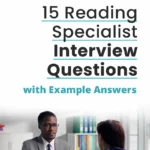
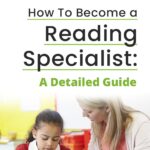
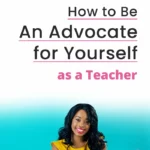


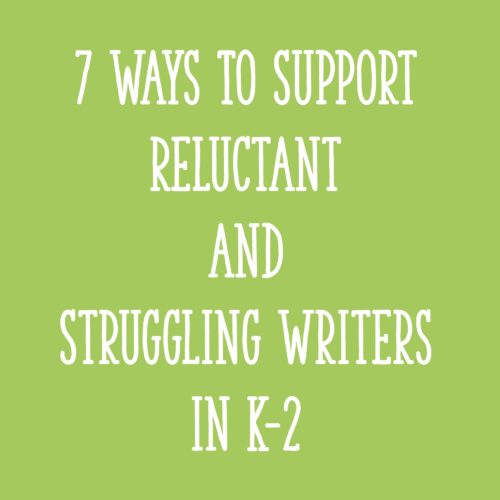






During guided reading when students are given a new book how should the first read be done? Teacher reads through once while students follow tracking words? Students read to themselves while teacher listens to individuals read to her? Or, round robin style?
Hi Robin! Here’s what I do 95% of the time: I introduce the book and have students whisper-read it on their own.
If a book is going to be very difficult, I use one of these options: https://learningattheprimarypond.com/blog/what-to-do-when-level-a-books-are-too-hard/
Special education teachers may have other ideas to share too!
Alison
Where do I get the IEP at a Glance worksheet?
Fascinating. Definitely bookmarking this page. Really valuable info, thanks for posting.
To be a teacher is the biggest challenge and when you start handling students in a larger scale it is being more difficult.
It definitely has its challenges!